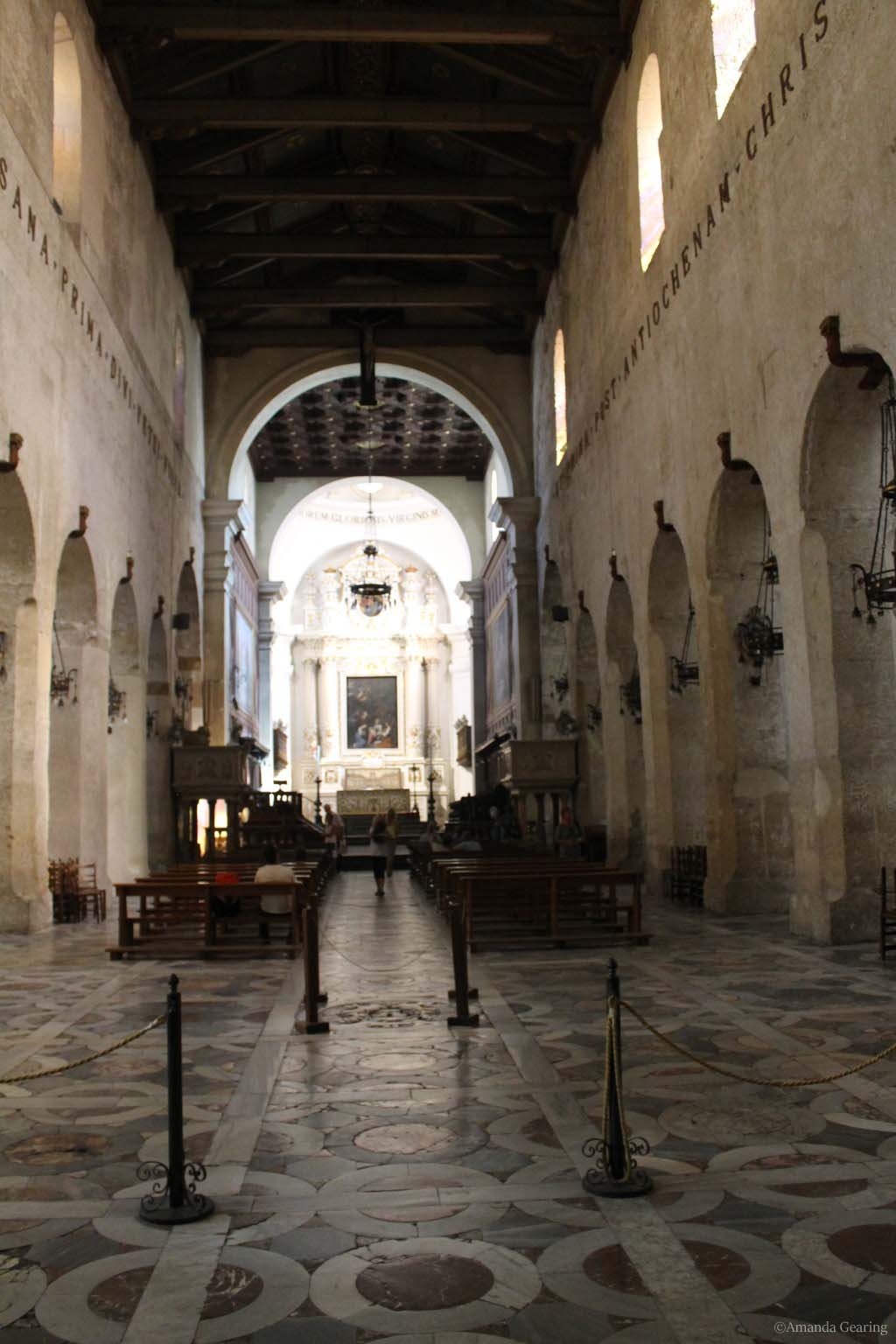Updated on June 5, 2013
Getting there
Parking in the congested ‘old city’ is almost impossible. However there is parking available along the beachfront, within walking distance of the city.
The archaeological park contains a Greek and a Roman and an extraordinary natural cave.
The Greek amphitheatre is hewn from solid limestone – an amazing feat of stonework. The seats are still useable and the ‘orchestra’ floor area is intact enough to see how it would have looked.
We climbed to the top of the amphitheatre and found a very welcome cool ‘spring’ gushing from a cave in the rock forming a rock-walled pool.
The park also has caves and ancient catacombs. Interpretation and signage were poor so we followed the paths to see what we would find and came across several tombs. At the Grotticelli Nechropolis, Archimedes’ Roman tomb is marked by two Doric columns but it is not sign posted amongst the other graves.
History
Cicero described Syracuse as the greatest and most beautiful Greek city and symbols of its greatness remain.
The large amphitheatres carved from the natural rock formations and the first church, built by St Paul are here.
The city is a UNESCO World Heritage Site, founded in 734 BC by Greek settlers from Corinth and Tenea, who found and cultivated the fertile land. It is also famous as the birthplace of the mathematician Archimedes.

Powerful empires fought over and won the city during succeeding centuries, with the Romans, Muslims, and the Normans governing and bringing architectural influences which can still be seen in the city.
Two earthquakes, in 1542 and 1693, the plague in 1729 and an outbreak of cholera in 1837 were major setbacks.
The city began to recover but was partially destroyed in 1943 by bombing during the Allied invasion and capture of Syracuse. The port became a base for the British Royal Navy. A Commonwealth War Graves Cemetery contains 1000 graves of soldiers.
Following the war, the city became heavily industrialised and has large port facilities.
The city has a population of 125,000 people.
Syracuse Cathedral
We drove across to Ortygia Island and made our ways through the narrow streets of the old city to the Piazza Duomo with its imposing cathedral. The cathedral stands on the site of a fifth century BC Temple of Athena. Some of the columns of the old Doric temple were incorporated into the cathedral that was built in the 7th century AD.
St Paul of Tarsus introduced Christianity to Sicily. An inscription around the nave of the Cathedral says it was the second church founded by Paul after the first he founded in Corinth.




Recent Comments